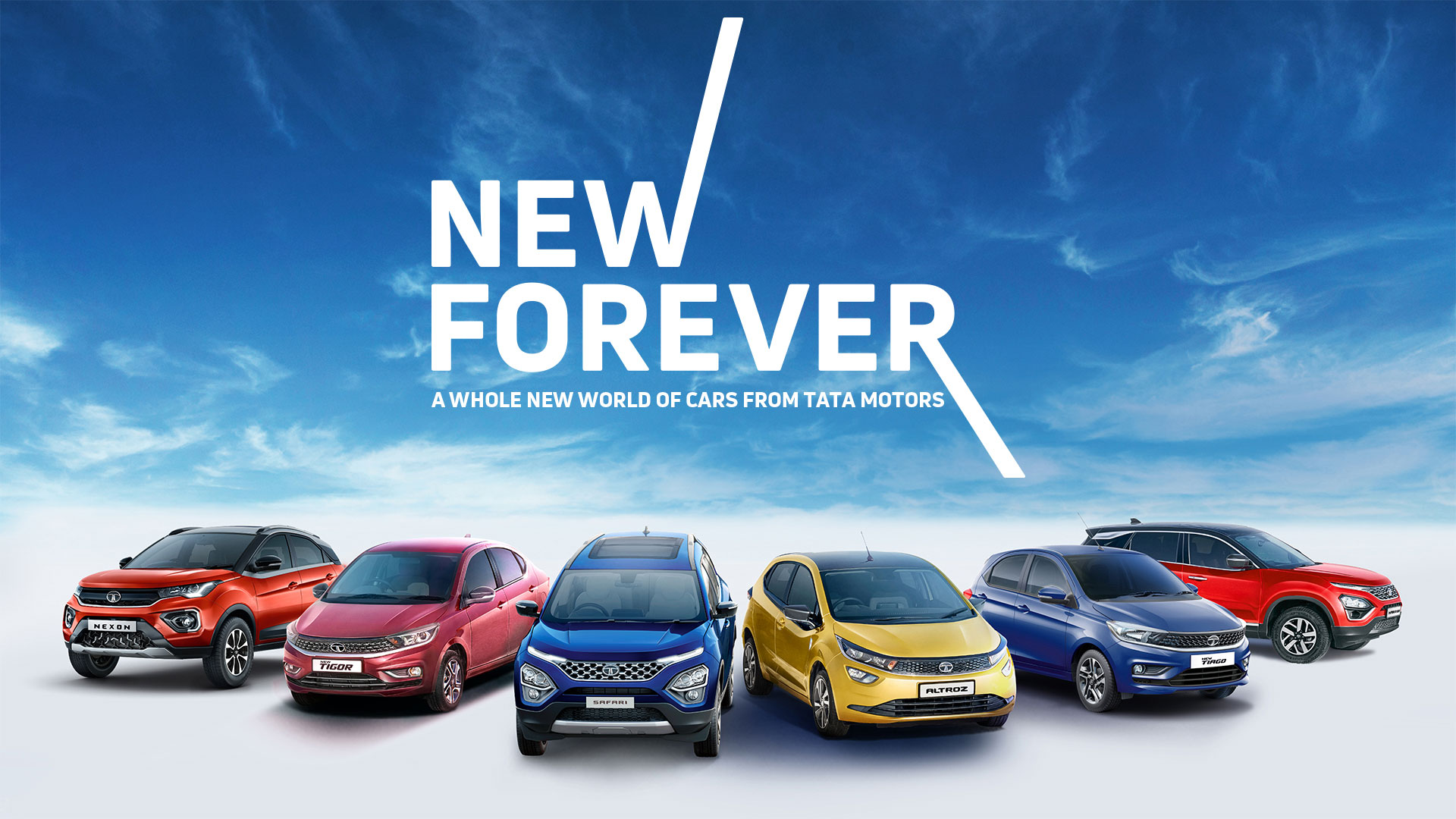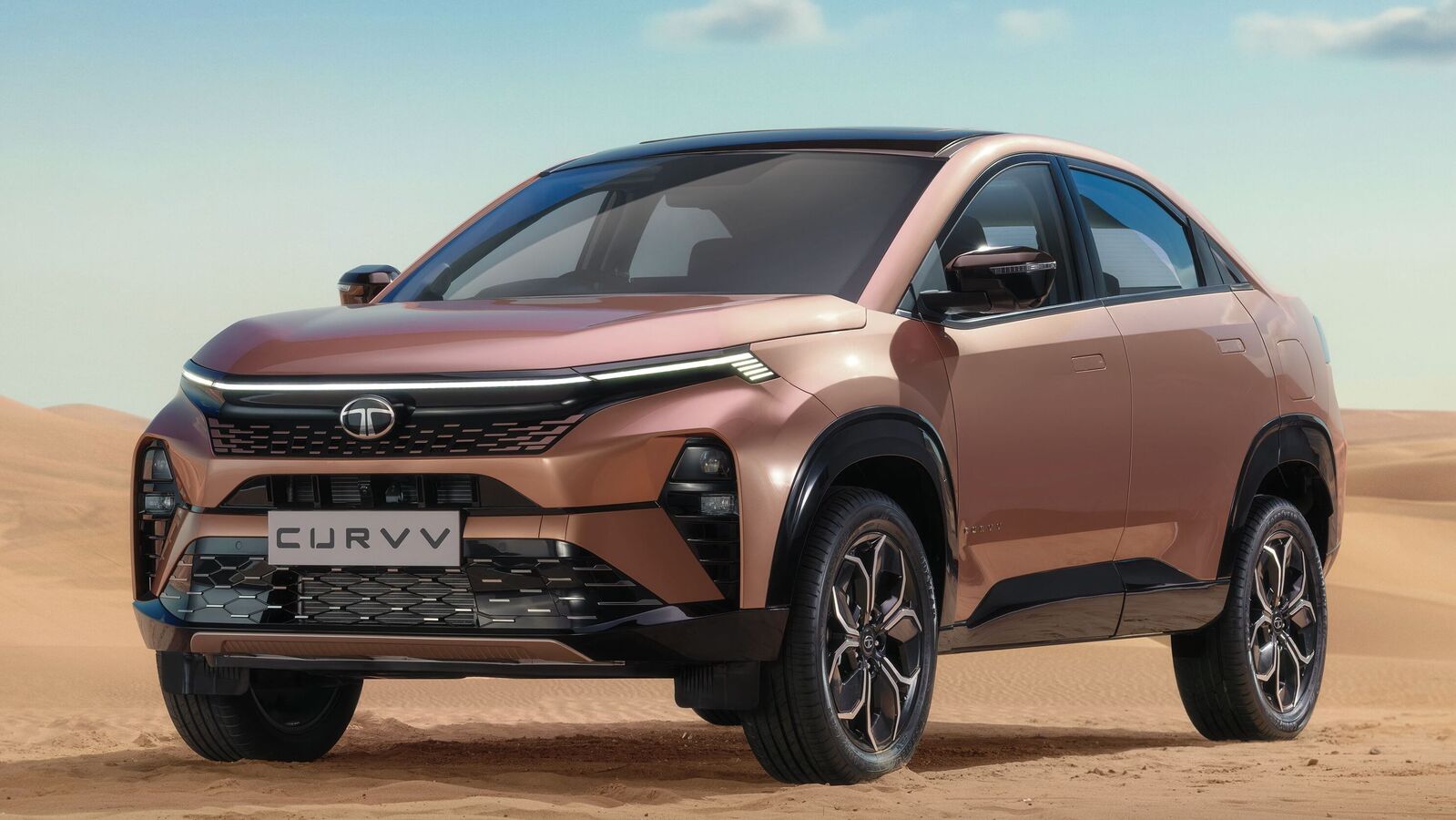As the marketing world evolves rapidly, Shubhranshu Singh, Chief Marketing Officer at Tata Motors Commercial Vehicles, has issued a strong call for urgency in embracing artificial intelligence. Speaking at Goafest 2025, Singh pointed out that while AI’s transformative power is widely acknowledged, most marketers have yet to adopt it at the scale required to stay competitive in a digital first future.
Singh emphasized that with large language models and intelligent agent systems entering mainstream marketing workflows, AI is no longer just about automation. It is now capable of driving intelligent conversations, improving content quality, and reshaping the customer experience entirely. However, Singh believes there is a critical gap between awareness and action in the industry. Brands that delay AI integration risk falling behind in both reach and relevance.
He also warned against the trend of over investing in youth marketing without meaningful context. While India has a large youth population, Singh noted that success in this segment depends on offering real value through tailored products and solutions. He urged marketers to focus on relevance and readiness, not just visibility.
Speaking about Tata Motors' own strategy, Singh shared insights on how the company has tailored its messaging to suit modern digital consumption habits. He highlighted that commercial vehicles are high involvement purchases where buyers evaluate operational costs, maintenance, resale value, and financing options beyond superficial advertising. That is why Tata Motors has built a digital first strategy backed by robust data and telematics.
ADVERTISEMENT

Singh revealed that all BS6 vehicles from Tata Motors are fitted with Fleet Edge, a real time telematics platform live in over seven lakh vehicles. This system captures 60 to 80 data points per vehicle, giving the company deep insights into user behavior. Over 60 lakh customer profiles and more than 80 crore data points are already part of Tata's digital infrastructure, which powers both targeted marketing and remarketing initiatives.
Tata Motors also combines its digital approach with strong on ground activations. These include expos, test drives, and customer engagement programs such as Ek Din Ka Malik, where users can trial a vehicle for an entire day. This hybrid model balances digital precision with real world experience to deliver results.

When discussing where investments are going, Singh said digital gets the highest frequency of deployment, but traditional channels such as TV, cinema, and out of home media still command the largest absolute spends. He stressed that a 360 degree marketing approach remains critical, with digital leading in adaptability and reach.
Looking back on his 26 year marketing journey, Singh identified four major shifts that reshaped the industry. The first is the explosive rise of digital, which now dominates global ad spends. The second is the growing influence of peers over traditional advertisers, making community validation a powerful force. The third is the unprecedented scalability that digital tools have unlocked for businesses of all sizes. And finally, Singh believes the emergence of AI marks the most impactful transition yet, redefining how brands communicate and operate.
ADVERTISEMENT

With smartphones in the hands of five billion people, Singh believes everyone is now a content creator, curator, and broadcaster. AI will only enhance this reality, making marketing more intelligent, personalized, and scalable.
Follow Marketing Moves on Instagram and Facebook for more updates on how brands are navigating AI, data, and digital transformation in today’s evolving marketing landscape.















